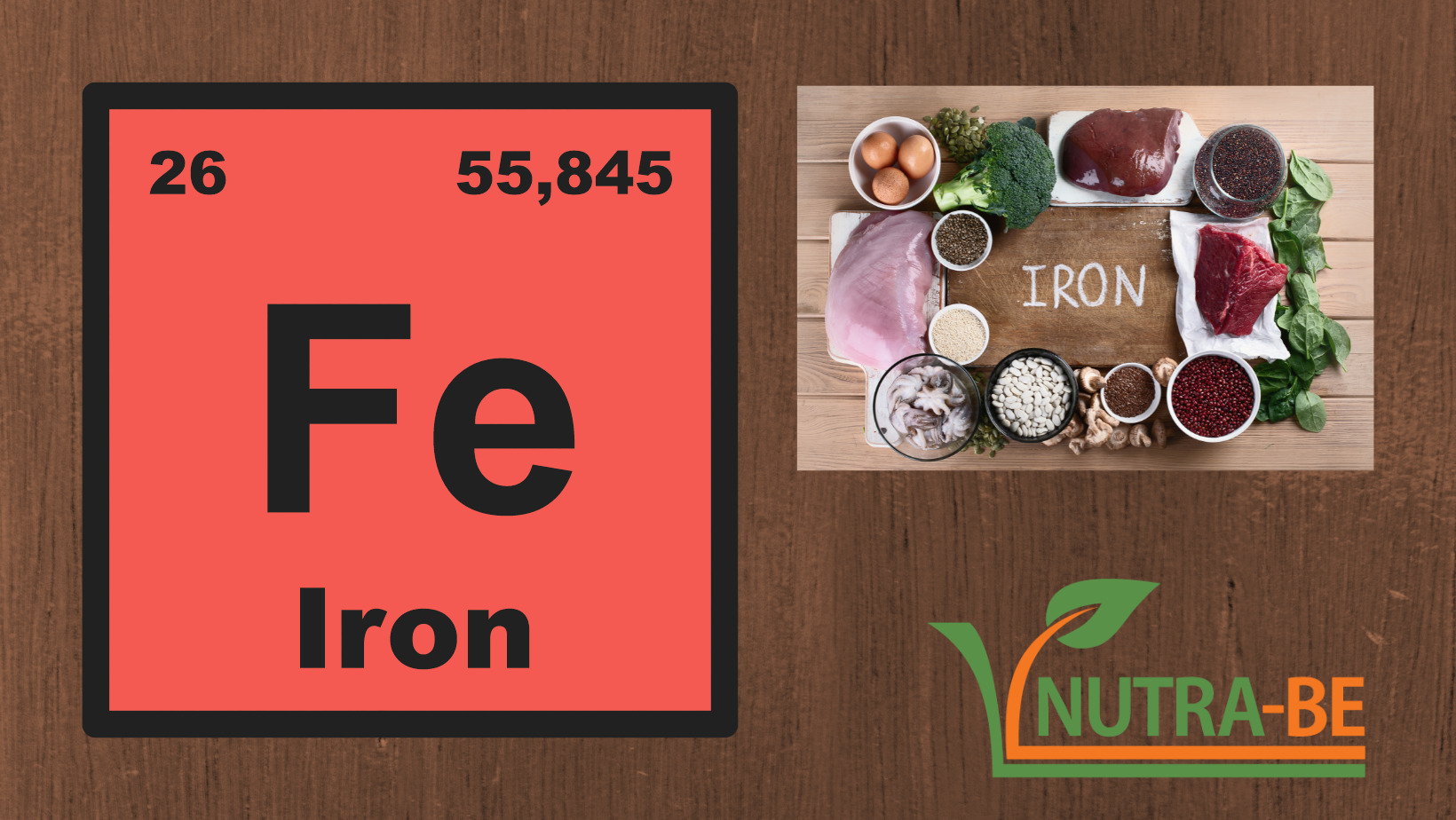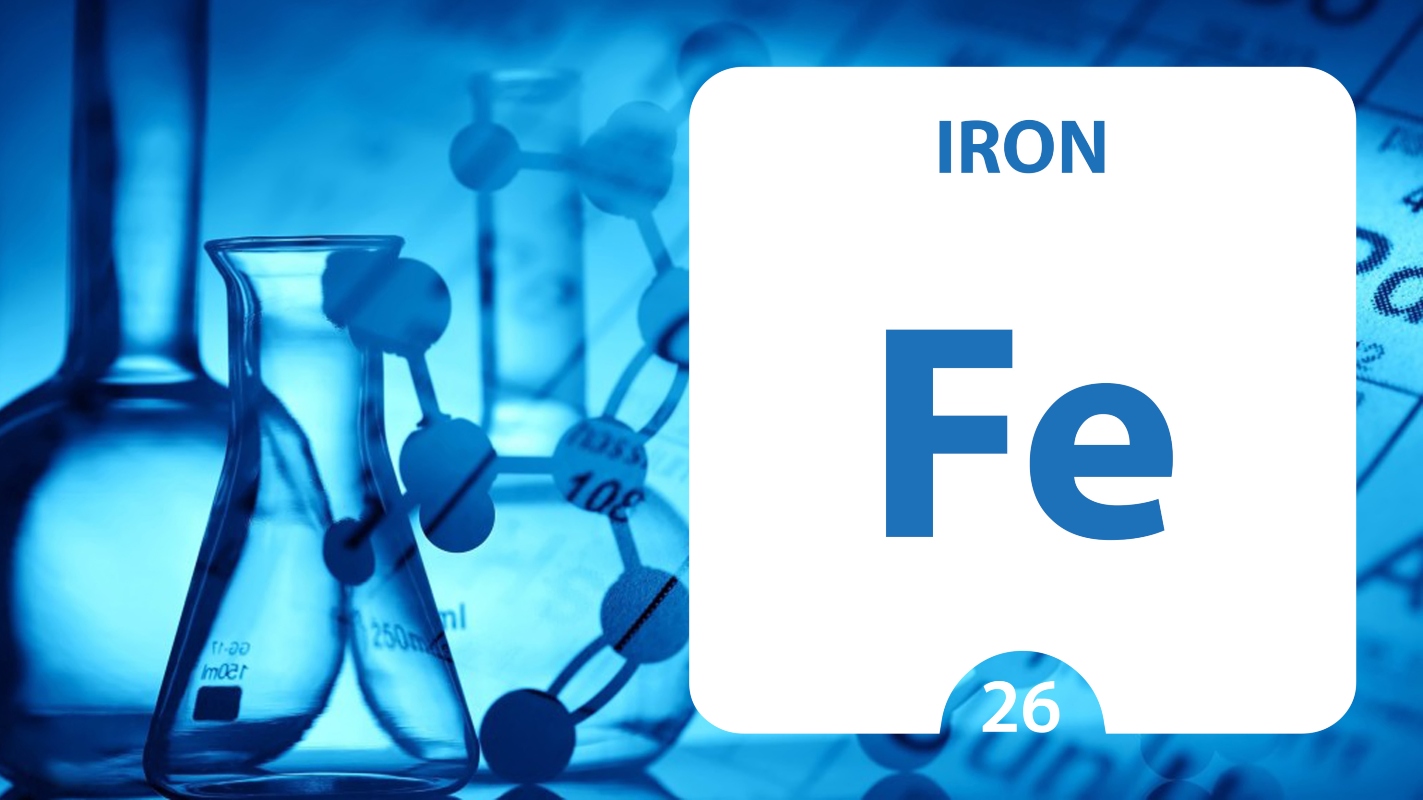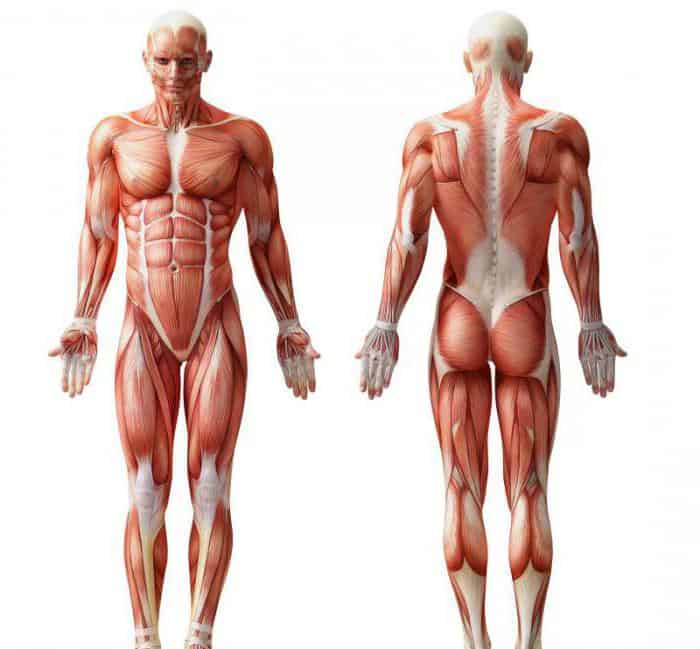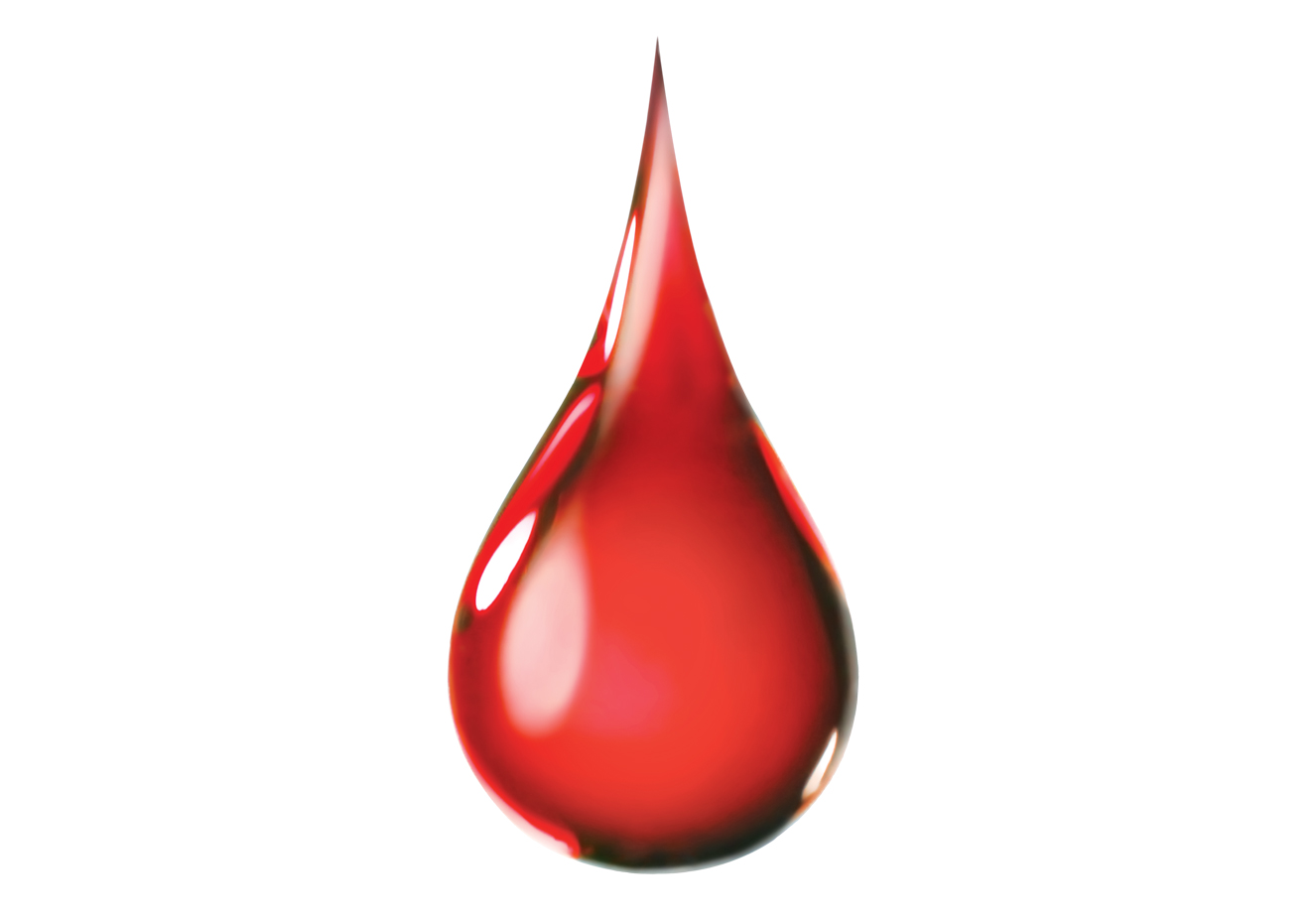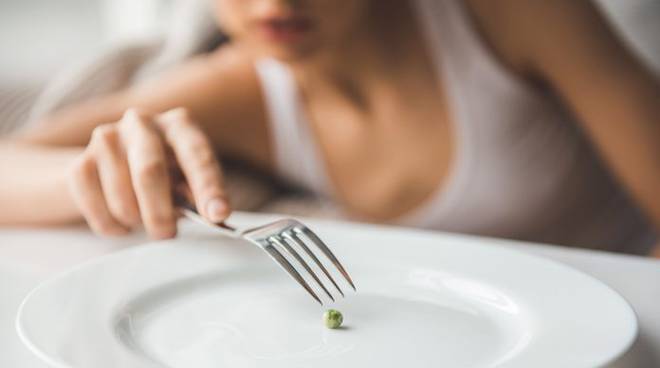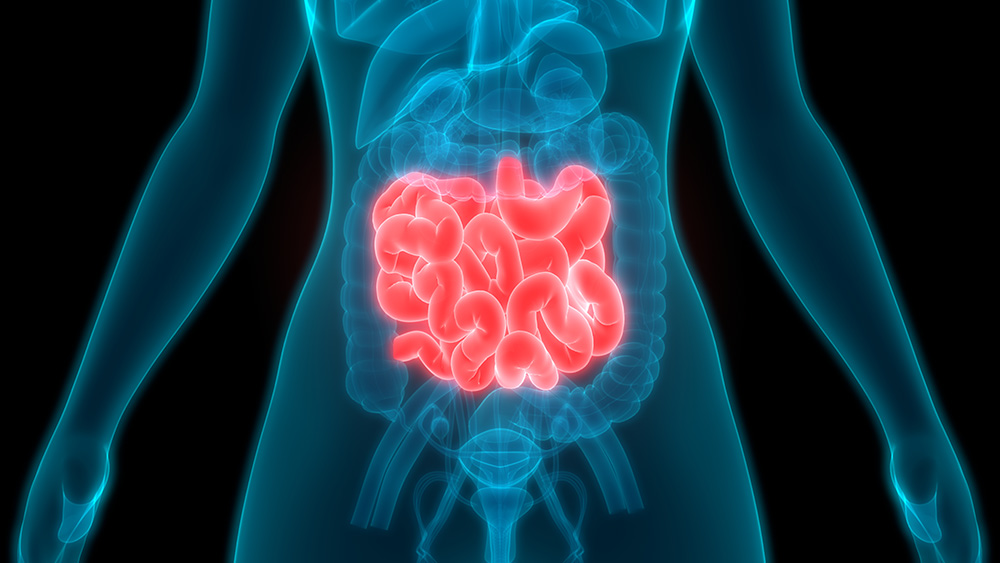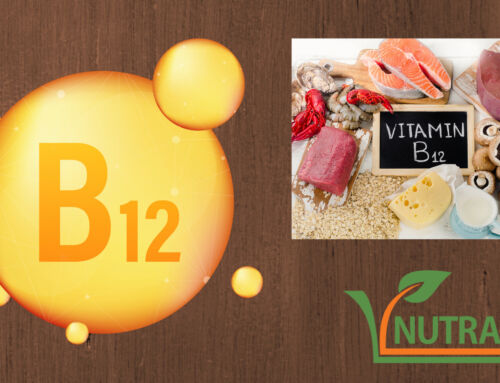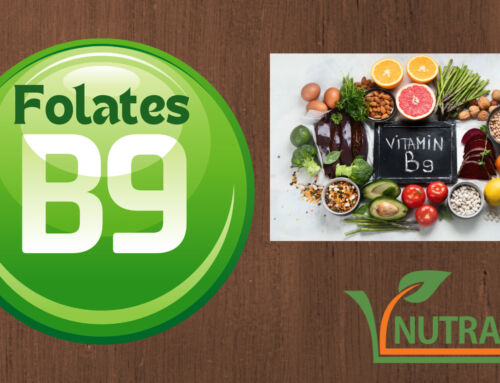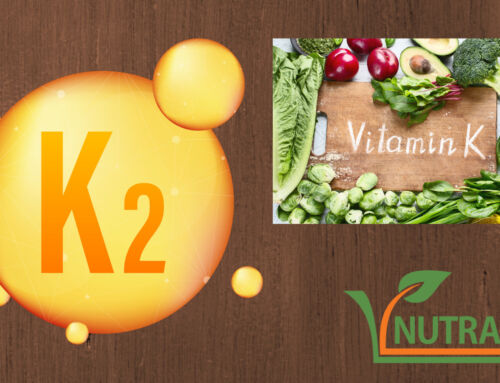IRON: WHAT IS IT?
Iron is a chemical element with the symbol Fe and atomic number 26.
In terms of mass, it represents the most common element on Earth and, in ionic form, it also plays a fundamental biological role in life: human beings contain around 0.005% by weight, which is indispensable for very important enzymes, cytochromes and oxygen transport and storage proteins.
Among the various forms of iron, bisglycinate iron is a chelated form, characterised by a particular ring structure, in which the element is bound to two molecules of the amino acid glycine: in this way, it is more easily absorbed and released into the bloodstream via the intestine.
Scientific literature has indeed shown a higher absorption of iron bisglycinate than other formulations: in fact, chelated iron has an absorption rate around 4 times higher than ferrous sulphate, which is the form of iron commonly used in commercial supplements.
It has also been shown that there is little elimination of the mineral after intake, so the body is able to assimilate more of it.
THE ROLE OF IRON
More specifically, iron:
- it is an essential component of the haemoglobin in red blood cells and is used to transport oxygen to cells and, therefore, to tissues.
The amount of iron absorbed from food differs.
It is necessary to distinguish between two types of iron:
- Heme iron, which is mainly found in red meat.
- Non-heme iron, which is mainly found in green leafy vegetables, pulses, oil seeds (pumpkin seeds, walnuts, almonds) and dried fruit (prunes, dates).
More specifically, the main iron source foods are:
| Food | Iron, mg/100 g | ||
| Goose liver | 30,53 | ||
| Bitter dark chocolate | 17,4 | ||
| Clam | 13,98 | ||
| Bitter cocoa | 13,86 | ||
| Oyster, cooked | 11,99 | ||
| Caviar | 11,88 | ||
| Canned chicken pate | 9,19 | ||
| Lentils | 7,54 | ||
| Oyster | 6,66 | ||
| Soy flour | 6,37 | ||
| Wheat germ | 6,26 | ||
| Chicken thigh | 6,25 | ||
| Chickpeas | 6,24 | ||
| Boiled potatoes | 6,07 | ||
| Cuttlefish | 6,02 | ||
| Dried Pine nuts | 5,53 | ||
| Cannellini beans | 5,49 | ||
| Fresh borlotti beans | 5 | ||
| Oat flakes | 4,72 | ||
| Hazelnuts | 4,7 | ||
| Anchovies in oil | 4,63 | ||
| Peanuts | 4,58 | ||
| Durum wheat | 4,56 | ||
| Dried almonds | 4,51 | ||
| Hazelnut and cocoa cream | 4,38 | ||
The amount of iron absorbed by iron supplements varies depending on the form of the active ingredient.
In both cases, the absorption of iron is conditioned by the individual nutritional situation, as well as the qualitative composition of the diet: in fact, Vitamin C present in the food or supplemented during the intake of iron-containing foods or by iron supplements facilitates the absorption of the element itself.
IRON SUPPLEMENTS
Iron supplements can be useful in cases of:
- Haemorrhaging and bleeding: blood loss, even if not obvious or internal, can lead to a reduction in iron levels. This frequently occurs in women of childbearing age, during menstruation. Bleeding can also be occult, slow and chronic, e.g. when there is bleeding inside the body, at a hiatal hernia, colorectal polyp, peptic ulcer, tumour.
- Poor dietary intake: anaemia can be caused by a diet in which iron intake is drastically reduced. This is a fairly rare condition, as a varied diet allows one to receive the right amount of iron, but it can occur in cases of eating disorders or diets that are too drastic.
Poor absorption of iron, due to defects in metabolism that do not allow iron introduced through the diet to be sufficiently absorbed. This occurs, for example, in the presence of:
- Chronic intestinal diseases (ulcerative colitis and Crohn’s disease)
- Celiac disease, in which there is damage to the intestinal villi, which impairs the ability to ‘extract’ iron from food
- Diverticula
- tumours of the colon and stomach
- Pregnancy and breastfeeding: these are critical phases for iron stores, during which women have a greater need for iron to support the development of the foetus.
- Surgeries: surgeries that have resulted in the removal or bypass of parts of the intestinal tract may reduce iron absorption capacity.
There are various iron supplements on the market today, present in many pharmaceutical forms (drops, sachets, tablets, vials).
In all these supplements, the iron may be in the form of fumarate, sulphate and gluconate salts, producing a number of side effects, especially gastrointestinal complaints such as diarrhoea, constipation, nausea, vomiting, abdominal pain and black colouration of the stools.
Iron bisglycinate supplements, in which the element is bound to two molecules of the amino acid glycine, are a viable alternative to other commercially available forms. Such formulations allow iron to be supplemented with:
- High gastrointestinal absorption.
- High bioavailability.
- Lower incidence of side effects listed above.
